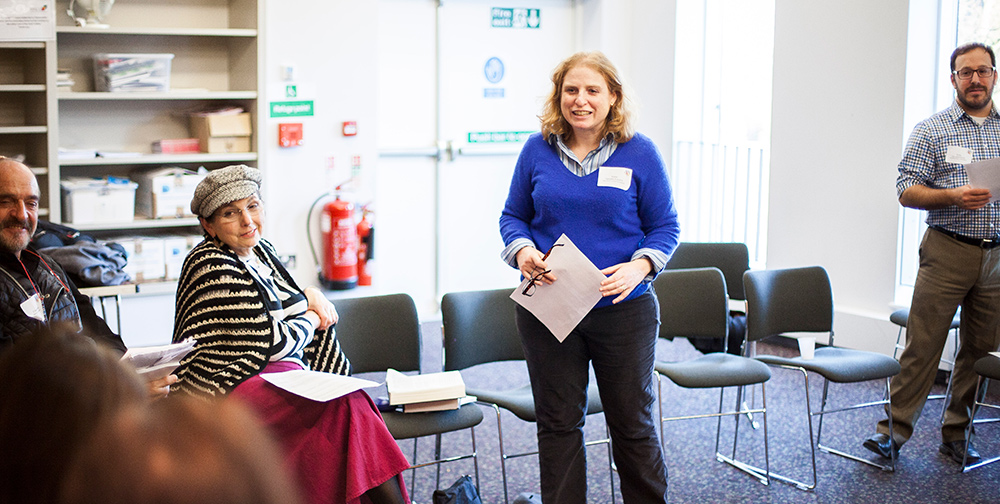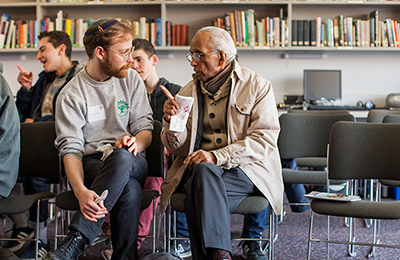Sh’lach-L’Chah

Not for nothing is the logo of Israel’s Ministry of Tourism an enormous cluster of grapes carried aloft between two figures. The image is straight from Sh’lach-L’Cha in which Moshe dispatches twelve tribal representatives on a reconnaissance mission. They’re away 40 days, symbolising—as 40 always does—a birthing, growing, developing time.
They return, saying, “We came to the land to which you sent us, and it is flowing with milk and honey, and this is its fruit.” (Numbers 13: 27)
Yet perspectives of the scenario differ: ten of the twelve have the ‘wrong’ answer about land’s inhabitants. Their fearfulness is a sign of faithlessness and as a result the Children of Israel will not enter the land they’ve been promised for 40 years—a year for a day—another birthing, growing, developing time.
Moshe hadn’t given the scouts a random collection of criteria to report on but rather a carefully arranged series of polar opposites. They are to ascertain whether the people there are strong or weak and few or many, whether the land is good or bad, and whether the people live in open camps or fortified towns.
If we line up these pairs of characteristics, we can spot an anomaly: they don’t seem to work as parallels. It would appear from the list that ‘strong’ should match ‘living in open camps’, and ‘weak’ should match ‘living in fortified towns’. Yet it’s counterintuitive that strong people live in tent camps and weak people live in walled towns: surely tents are vulnerable and fortresses are impregnable.
Rashi notes and probes this incongruity. Taking as a given that every letter in the Torah is purposeful and ever attentive to the minutiae and the intricacies of the text, he reads the sequence of the characteristics as precisely the point. He suggests that ‘strong’ actually does refer to ‘open’ and ‘weak’ actually does refer to ‘fortified’. With this, Rashi offers us the insight that the true nature of strength is internal:
The land—what is it? There can be a land that produces mighty people, and there can be a land that produces weak people; there can be a land that increases population and there can be a land that decreases population. Is it strong or weak? He [Moshe] gave them [the scouts] a sign by which they could determine if the inhabitants were strong or weak. If they live in unwalled cities, they are strong for they rely upon their strength. But if they dwell in fortified cities, they are weak.
We could take that further. Only a weak society or community needs thick, tight borders. A genuinely strong society or community is self-confident; its strength derives from its identity and its intrinsic values; it can be open to others, without fear, with nothing to lose and with everything to gain.
Rashi can prompt us to ponder our vulnerability and impregnability, as individuals, as a community and as a society. The mature realism of Rashi’s concept of strength is incredibly relevant to our world and most poignant in relation to the experiences of today’s refugees: they’re widely presented as a threat by those who dislike the un-like, those who would construct social and political fortresses because they do not—in Rashi’s words—rely on their own strength.
But how could the weak—those who’ve lost everything and almost lost their lives, who are throwing themselves on the mercy of others—threaten the strong? If they can, there’s something seriously amiss with that kind of strength.
Angela Gluck is a member of New London Synagogue.




